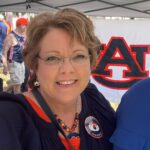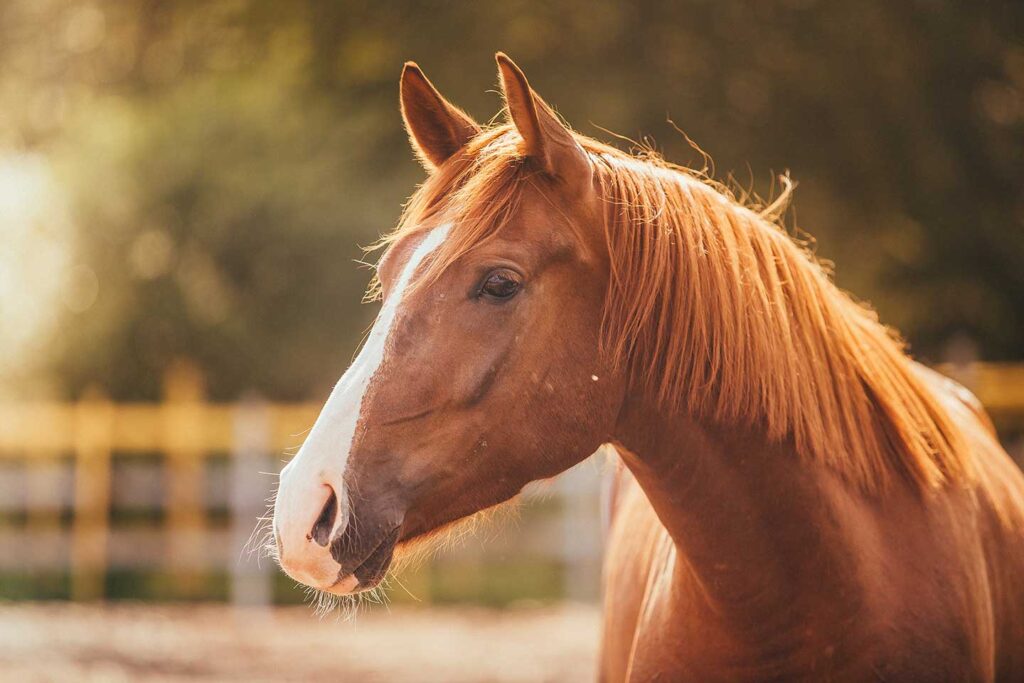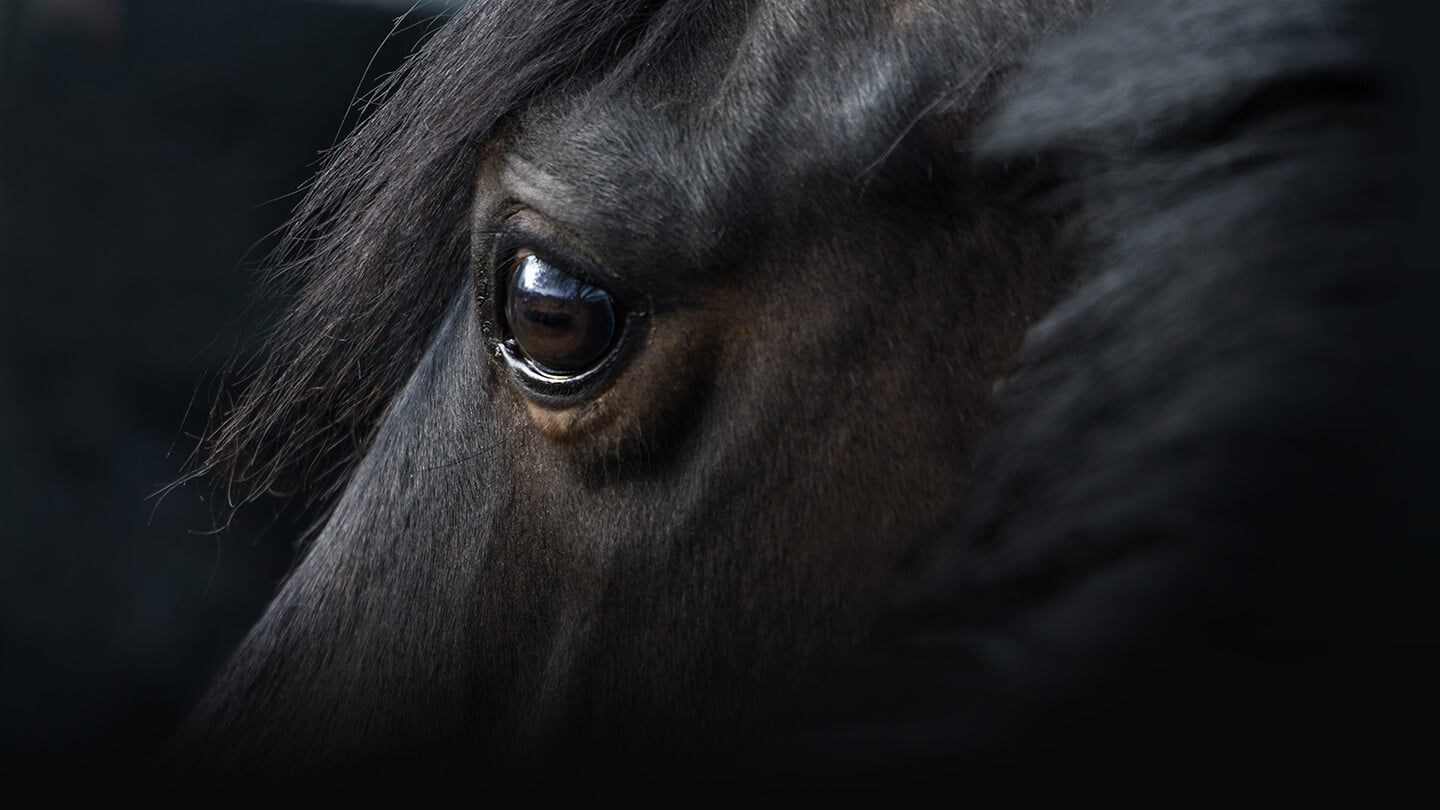Older Horse Challenges
As horses mature into their senior years, there are many physical attributes that can be easily seen. These include weight loss, loss of muscle over the topline, graying of the coat, and a hollowing out of the grooves around the eyes. While these changes may be obvious, there are other internal changes happening in the senior horse that we can’t see. These physiological, unseen changes will greatly affect the horse’s nutritional outlook.
There are three main characteristics of older horses that will affect their nutritional health, the first being dental condition. As horses age, they may develop dental problems such as tooth fractures, sharp points, or abnormal wear patterns. Since a horse’s teeth basically grow until they’re gone, older horses will also often have tooth loss. All of these dental problems can lead to a decrease in chewing function, which results in reduced food intake, weight loss, and in some cases a total inability to eat grass and hay. Signs that a horse may be losing the ability to chew include wadding hay in the mouth before spitting it out, or quidding.
A second characteristic of senior horses is that they become less efficient in digesting and absorbing nutrients. Some horses will have scarring in their digestive tracts from internal parasites, while others experience hormone and metabolism changes that interfere with the ability to digest feeds. Whatever the cause, some older horses just can’t utilize essential nutrients in their feed. Protein, fiber, and phosphorus are three nutrients that are particularly hard for an aged horse to digest.
The last characteristic we find in senior horses is a changing metabolism. This means that older horses may develop problems maintaining a correct bodyweight. The horse that was always pleasantly plump may suddenly become thin and a hard keeper, while the horse that was always thin may become overweight and an easy keeper. Some senior horses may fluctuate drastically between too thin or too heavy within a single year.
What Does the Senior Horse Need?
The goal in feeding a senior horse is to maintain an optimal body condition score of 4 to 6 on a 9 point scale. Since aging is such an individual process, there are no clear cut nutrient requirements for aged horses. However, because of the physical changes happening in an older horse’s body, we do know there are some general specifications for what an older horse needs in his diet.
First, and most importantly, a senior horse needs a high quality supply of highly digestible fiber that is easy to chew and digest. Forages should be the foundation of all horse diets, and it is important to ensure that the senior horse is eating at least 1.5% of his body weight in forage per day. In an older horse with good quality teeth, pasture grass and/or long stemmed hay should be able to meet the forage requirements. In an older horse with missing teeth or poor quality teeth, the ability to graze and chew is limited so we must supply a forage alternative. Hay cubes, chopped hay, and beet pulp are a few options we can use to replace the dietary fiber that would come from hay and grass. These products can be soaked to make them easy for the aged horse to eat. In addition, many commercial senior feeds have elevated fiber levels to replace a portion of forage in the diet.
After a senior horse’s forage needs are met, the next step is to provide enough good quality protein in the diet. Because older horses can’t digest protein as efficiently and they tend to experience muscle wasting, providing a high quality protein source becomes very important. Not all protein sources are created equal – many protein sources will have an amino acid profile that is not ideally suited to the horse. An excellent source of protein that is ideal for the older horse is soybean meal, because it has an outstanding amino acid profile and composition.
Similar to protein, the quality of the minerals in an older horse’s feed need to be of the highest quality so that the senior horse can absorb them. Senior horses should be fed a diet containing chelated minerals. Chelated minerals are minerals attached to an amino acid or sugar, making them more digestible to the horse and more easily absorbed. In addition, a senior horse will have an elevated need for phosphorus because they can’t digest the mineral as easily. Calcium requirements, on the other hand, will stay at maintenance levels.
Aged horses can also benefit from antioxidants and prebiotics in their diet. Antioxidants such as vitamins C and E may benefit a senior horse’s immune system. Since older horses often have problems maintaining a healthy digestive tract, it’s a good idea to provide nutrients that can aid in digestive health. Prebiotics, specifically true yeast culture products, can help increase digestive efficiency and the overall health of the horse’s hindgut.
Choosing a Senior Feed
Just about every feed company has its own version of a senior feed, and choosing between them can seem like a daunting task. We can simplify this decision by keeping a few guidelines in mind. First, a good senior feed needs to be in a form that is easy to chew. A soft pellet, or a mix of a softer pellet with processed grains, is a good form to go with. The feed needs to be processed in some way to make it more digestible. A good senior feed should also be dust free so it does not aggravate an older horse’s respiratory tract, and should create a nice mash when soaked.
In order to help maintain a good topline and decrease muscle wasting, a good senior feed will have at least 12% protein. That protein should come mainly from soybean meal. The feed should also have a high level of fiber (minimum of 10%). Remember, many older horses will have dental problems and will not be able to chew grass or hay, so a good senior feed needs to have enough fiber to help replace this forage. Excellent sources of fiber to look for are beet pulp and soybean hulls. A good senior feed will also have a low level of sugar and starch, or NSC. Older horses are more susceptible to metabolic disorders and are more at risk for metabolic problems, so we need to keep the sugar and starch of their diets as low as possible. If the senior horse is one that is on the thin side and needs more calories, a quality senior feed will be supplemented with fat to add safe energy. In addition, quality senior feeds will contain digestive aids like prebiotics and yeast culture to help keep an aged horse’s digestive tract healthy and working properly.
Who Can Eat a Senior Feed?
At their core, there are two things that make a senior feed special – the feed is easy to digest and higher in digestible fibers. These are qualities in a horse feed that will benefit any horse, regardless of age. Properly formulated senior feeds can easily support the nutritional needs of both the growing and working horse because they are well fortified with quality protein, fiber, and minerals. Many barns will use a senior formulated feed as their “all around” feed, because it can fill such a wide variety of needs. Knowing this, there is no harm in switching an older horse onto a senior feed before they show the physical signs of aging. In fact, sometimes moving a horse onto a diet formulated for the senior early in his life can prevent problems down the road. The end goal of managing a senior horse is to keep them healthy and comfortable into their golden years, and feeding a quality senior feed is part of the management program that can achieve this goal.
Feeding the Senior Horse
Beth Stelzleni, M.S., PAS


